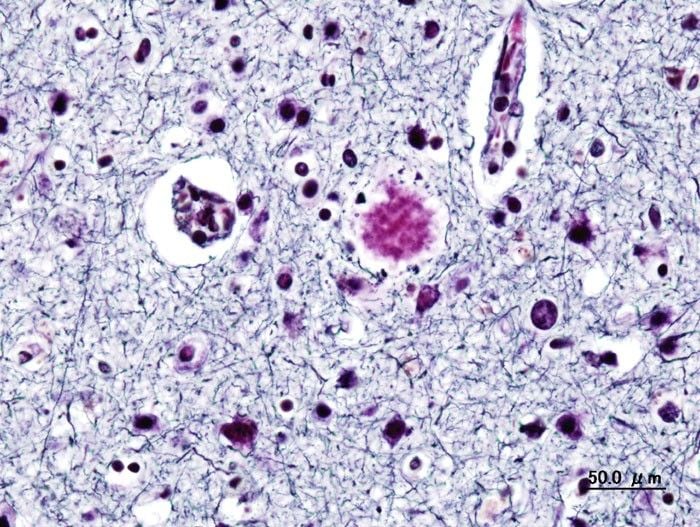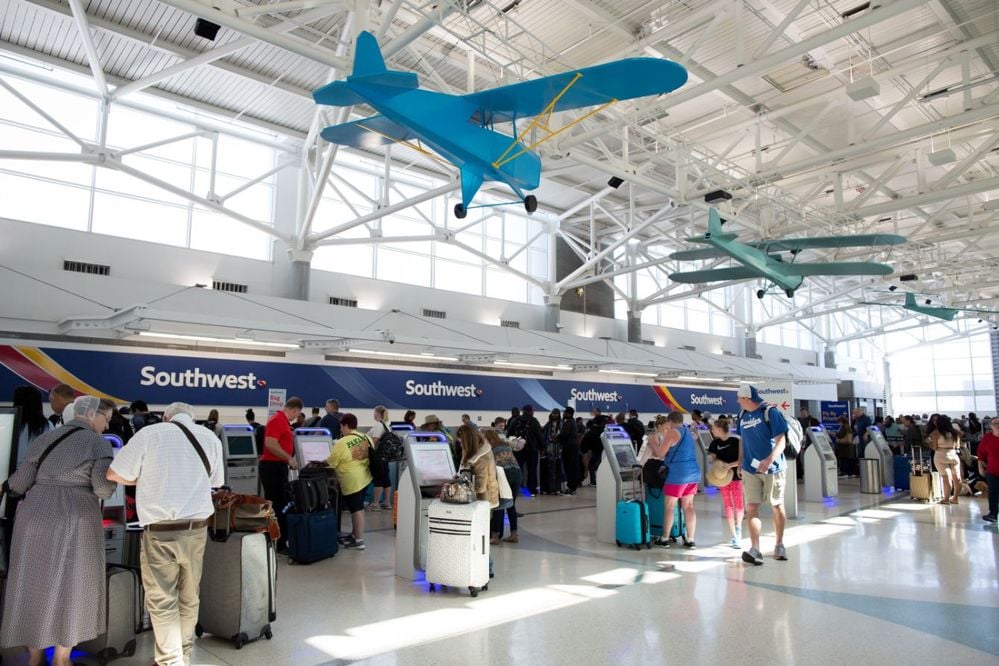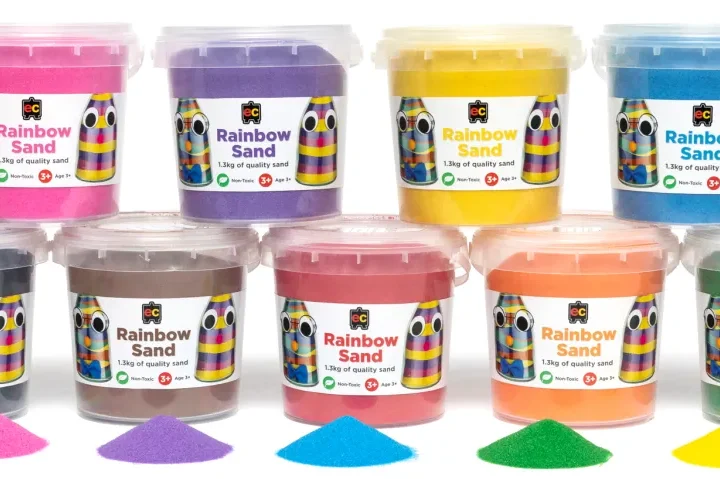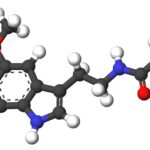That familiar tingle on your lip could mean more than just an annoying cold sore heading your way. Recent research published in BMJ Open has found fresh evidence linking herpes simplex virus type 1 (HSV-1) to Alzheimer’s disease risk—but there’s also promising news about antiviral treatments and vaccines.
The Cold Sore Connection
HSV-1 affects more than 3.7 billion people under age 50 worldwide—about 67% of the population, according to World Health Organization data. This neurotropic virus doesn’t just stay on your lips—it can travel to nerve cells and potentially reach the brain. After the initial infection, HSV-1 typically remains dormant in the trigeminal ganglion but can reactivate during stress or illness.
The latest study examined health records from 344,628 matched pairs of older adults between 2006 and 2021. Among people diagnosed with Alzheimer’s disease, 1,507 (0.44%) had a previous HSV-1 diagnosis, compared to 823 (0.24%) of controls without dementia. This translates to an adjusted odds ratio of 1.80, representing an 80% increased relative risk, though the absolute numbers remain small.
Environmental toxins may also play a role in cognitive decline. Previous research has shown connections between herbicide exposure and neurodegenerative disorders, suggesting multiple pathways may contribute to Alzheimer’s development.
Breaking Down the Numbers
The research found stronger associations in older age groups. People aged 75 and older showed an adjusted odds ratio of 2.10, while those aged 50-70 had an adjusted odds ratio of 1.14. Nearly two-thirds of Alzheimer’s patients in the study were women, with a mean age of 73 years.
“It is important to note that HSV-1 infection, which is extremely common in the population, is by no means a guarantee that someone will develop Alzheimer’s,” said Dr. Tara Spires-Jones, as quoted in medical coverage of the study. The association between HSV-1 and increased Alzheimer’s risk doesn’t prove causation.
Antiviral Treatment Shows Promise
Among 2,330 adults with HSV-1 history, 931 people (40%) received antiherpetic medication. These individuals had a 17% reduced risk of developing Alzheimer’s disease compared to those who went untreated.
Multiple clinical trials are testing this connection. The VALAD (Valacyclovir Treatment of Alzheimer’s Disease) trial is a randomized, double-blind, 78-week Phase II trial enrolling 130 HSV-seropositive people with mild Alzheimer’s disease. Half receive 4 grams of valacyclovir daily for 18 months, while the other half get placebo treatment.
“Patients treated with valacyclovir are hypothesized to show smaller decline in cognition and functioning compared to placebo,” according to the trial protocol. The study uses 18F-Florbetapir PET imaging to measure amyloid accumulation and 18F-MK-6240 PET to track tau protein changes.
Similar Posts
Sweden’s VALZ-Pilot Study Results
Swedish researchers completed a phase-II pilot trial giving high-dose valacyclovir to 33 people with early-stage Alzheimer’s disease who also had HSV antibodies and the APOE ε4 genetic variant. The four-week treatment proved “safe, tolerable, and feasible”, according to findings published in Alzheimer’s & Dementia: Translational Research & Clinical Interventions.
Participants received 500 mg three times daily during week one, then 1,000 mg three times daily for weeks 2-4. Thirty-two of 33 subjects completed the trial on full dosage, with only 18% experiencing likely intervention-related mild, temporary adverse events.
The APOE-ε4 Genetic Factor
The apolipoprotein E ε4 allele (APOE-ε4) is the strongest genetic risk factor for late-onset Alzheimer’s disease. About 25% of people carry at least one copy of this variant. Research from the Bordeaux-3C prospective cohort found that HSV-1 infection combined with APOE-ε4 carriage significantly increased Alzheimer’s risk.
Among individuals with signs of frequent HSV-1 reactivation—either IgM positive at blood sampling or with elevated IgG levels—the risk of Alzheimer’s disease increased approximately threefold, with adjusted hazard ratios of 3.68 and 3.28 respectively.
One mechanism involves competition for the same cellular entry point. Both apoE and HSV-1 use heparan sulfate proteoglycans to enter cells. Scientists propose that HSV-1 competes more effectively with apoE4 than apoE3, making it easier for the virus to enter and spread between neurons.
Shingles Vaccine Delivers Unexpected Protection
Research from Wales provided strong evidence that the shingles vaccine Zostavax reduced dementia risk by 20% over seven years. Stanford University researchers analyzed health records from more than 280,000 older adults who were either eligible or ineligible for vaccination based on their birth date.
The Welsh policy created a natural experiment: people born before September 2, 1933, were ineligible for the vaccine, while those born on or after that date could receive it for at least one year. Among eligible individuals, vaccination uptake increased from 0.01% among those one week too old to 47.2% among those just eligible.
“This study really shows that there seems to be a causal, protective effect of shingles vaccination preventing or delaying dementia,” said Dr. Pascal Geldsetzer, assistant professor of medicine at Stanford University and senior author of the study published in Nature.
The protective effect appeared stronger in women, possibly due to different immune system responses or higher shingles prevalence. Geldsetzer’s team replicated these findings in health records from England, Australia, New Zealand, and Canada.
How Viruses May Trigger Brain Changes
Laboratory studies reveal multiple ways HSV-1 might contribute to Alzheimer’s pathology. In 3D human brain tissue models, latent HSV-1 reactivation induced amyloid-β deposits, tau phosphorylation, and cell death, as published in Science Signaling. Animal studies using transgenic 5xFAD mice showed that HSV-1 infection accelerated amyloid deposition, activated inflammatory pathways, and worsened cognitive dysfunction.
The virus appears to trigger microglial cells—the brain’s immune cells—to engulf HSV-infected neurons. This process activates the NLRP3 inflammasome pathway, which plays a crucial role in amyloid deposition and Alzheimer’s progression.
Research also found HSV-1 DNA in postmortem brain tissues from Alzheimer’s patients, particularly in areas most affected by the disease.
Other Herpes Viruses Also Linked
The BMJ Open study examined additional herpes viruses beyond HSV-1. Both HSV-2 (genital herpes) and varicella zoster virus showed associations with increased Alzheimer’s risk. Cytomegalovirus showed no significant association.
This broader viral connection supports theories about infectious agents contributing to neurodegeneration. The varicella zoster virus, like HSV-1, remains dormant in nerve tissue and can reactivate years later, potentially causing brain inflammation or damage.
Current Treatment Landscape
Several antiviral medications show promise for reducing dementia risk in people with viral infections. Valacyclovir, famciclovir, and acyclovir are among the most studied options. French research analyzing 68,291 subjects over age 65 found that people taking systemic antiherpetic drugs had reduced incidence of dementia, Alzheimer’s disease, and vascular dementia.
The antiviral drugs work by inhibiting viral DNA polymerase. Valacyclovir converts to acyclovir inside the body, which then becomes acyclovir triphosphate—a potent inhibitor with 100 times higher affinity for viral polymerase compared to cellular polymerase.
Limitations and Cautions
The BMJ Open study relied on insurance claims data, which may miss many HSV-1 cases since the virus often causes no symptoms or goes undiagnosed. The WHO’s estimate of 67% HSV-1 seroprevalence contrasts sharply with the study’s recorded rates of approximately 0.3%, highlighting massive underdiagnosis in claims data. Many virus carriers likely went unrecorded, making the connection harder to interpret clearly.
Air pollution and other environmental factors may also contribute to cognitive decline, as evidenced by research on pollution exposure and health impacts.
The dataset also doesn’t capture how often people had recurring symptoms, or the severity and duration of infections—factors that might influence risk more directly. People with HSV-1 might differ in other ways including healthcare access, immune system health, lifestyle, genetics, or education, all of which could influence Alzheimer’s risk.
“The study doesn’t prove that cold sores cause Alzheimer’s disease, or that antivirals prevent it. Much more research is needed to explore exactly how viruses might be involved and before we can draw firm conclusions,” said Dr. Richard Oakley, Director of Research and Innovation at Alzheimer’s Society, London.
What This Means for You
Most people with cold sores don’t need to panic about developing Alzheimer’s disease. The absolute risk remains small, and many factors contribute to neurodegeneration. However, these findings add to growing evidence that some infections may play a role in brain health.
If you have frequent cold sore outbreaks, discussing antiviral treatment options with your healthcare provider could be worthwhile—both for managing current symptoms and potentially reducing long-term risks. Valacyclovir and similar medications are generally well-tolerated and widely available.
For those eligible for shingles vaccination, these findings provide additional reasons to get vaccinated beyond just preventing painful rashes. Current recommendations suggest shingles vaccination for adults 50 and older, given as two doses 2-6 months apart. The importance of preventive health measures is highlighted by recent NHS vaccination campaigns that emphasize protection for vulnerable populations.
Ongoing Research Directions
Multiple clinical trials continue investigating antiviral treatments for cognitive protection. Besides the ongoing VALAD trial, researchers in France are conducting smaller pilot studies in people with mild cognitive impairment and HSV-1 seropositivity.
Scientists are also developing better methods to detect latent HSV-1 in the brain using cerebrospinal fluid PCR assays and PET tracers for activated microglia. These tools could help identify people at highest risk and monitor treatment effectiveness.
HSV-1 vaccine development remains in early stages, with mRNA-based candidates entering phase I safety trials. Prevention through vaccination could potentially eliminate the risk rather than treating established infections.

The research covered here examined health records from people primarily of European descent. Future studies need to include more diverse populations to understand how these viral-brain connections might vary across different ethnic and geographic groups.
Understanding the intricate relationships between viruses, genetics, and brain health continues evolving. While we await more definitive answers from randomized controlled trials, maintaining overall brain health through regular exercise, quality sleep, social engagement, balanced nutrition, and stress management remains the best evidence-based approach for reducing dementia risk.

















